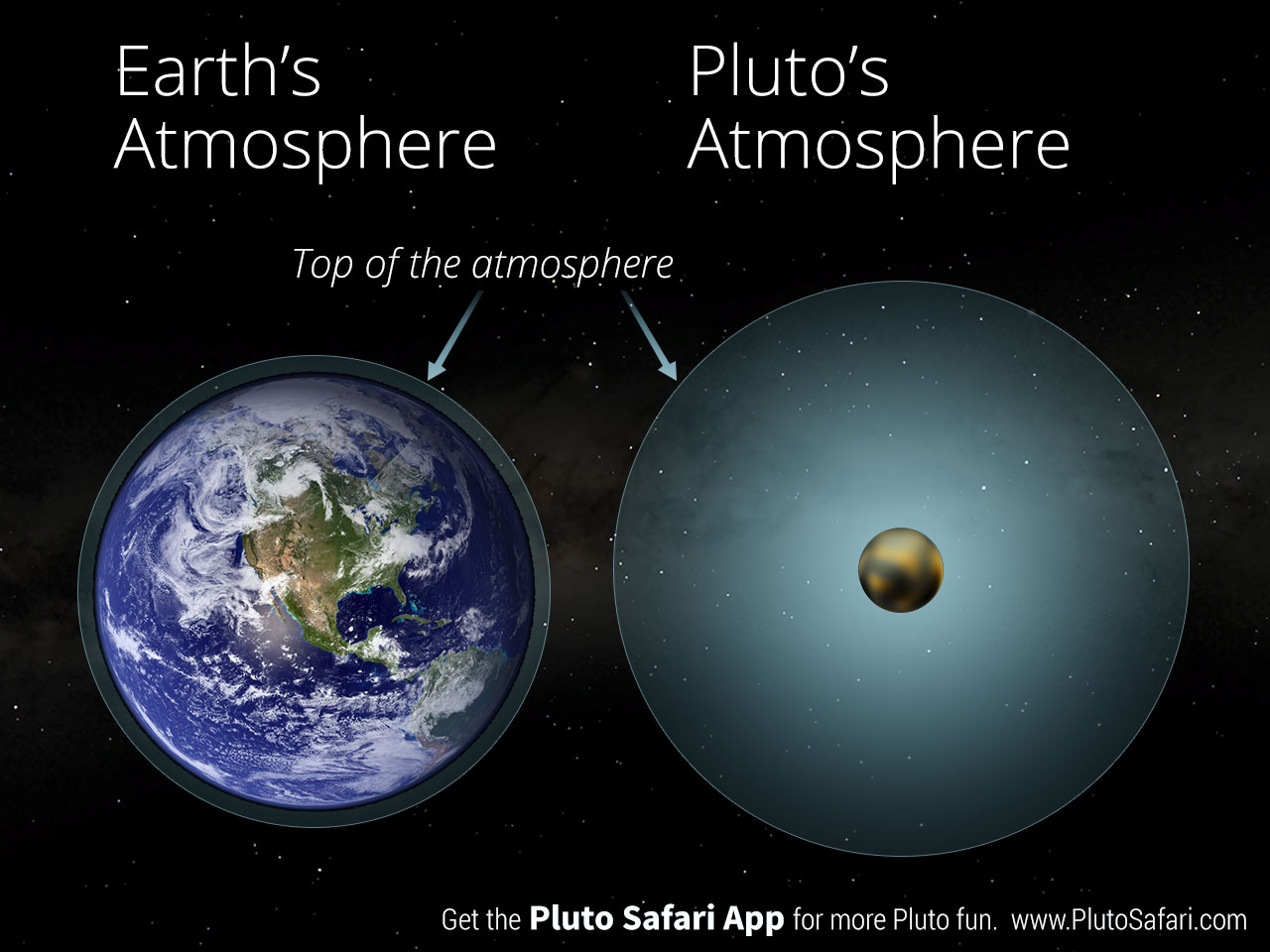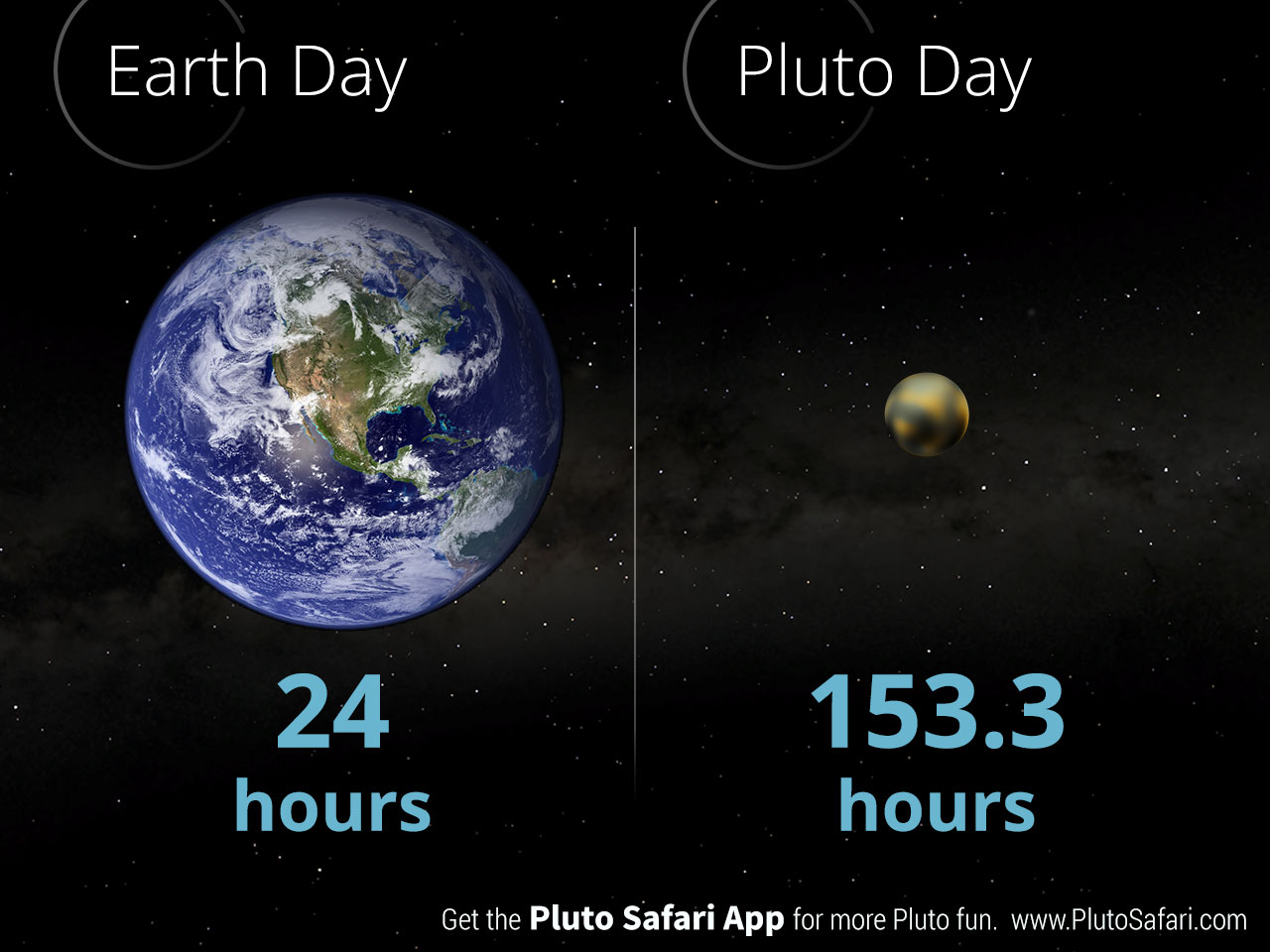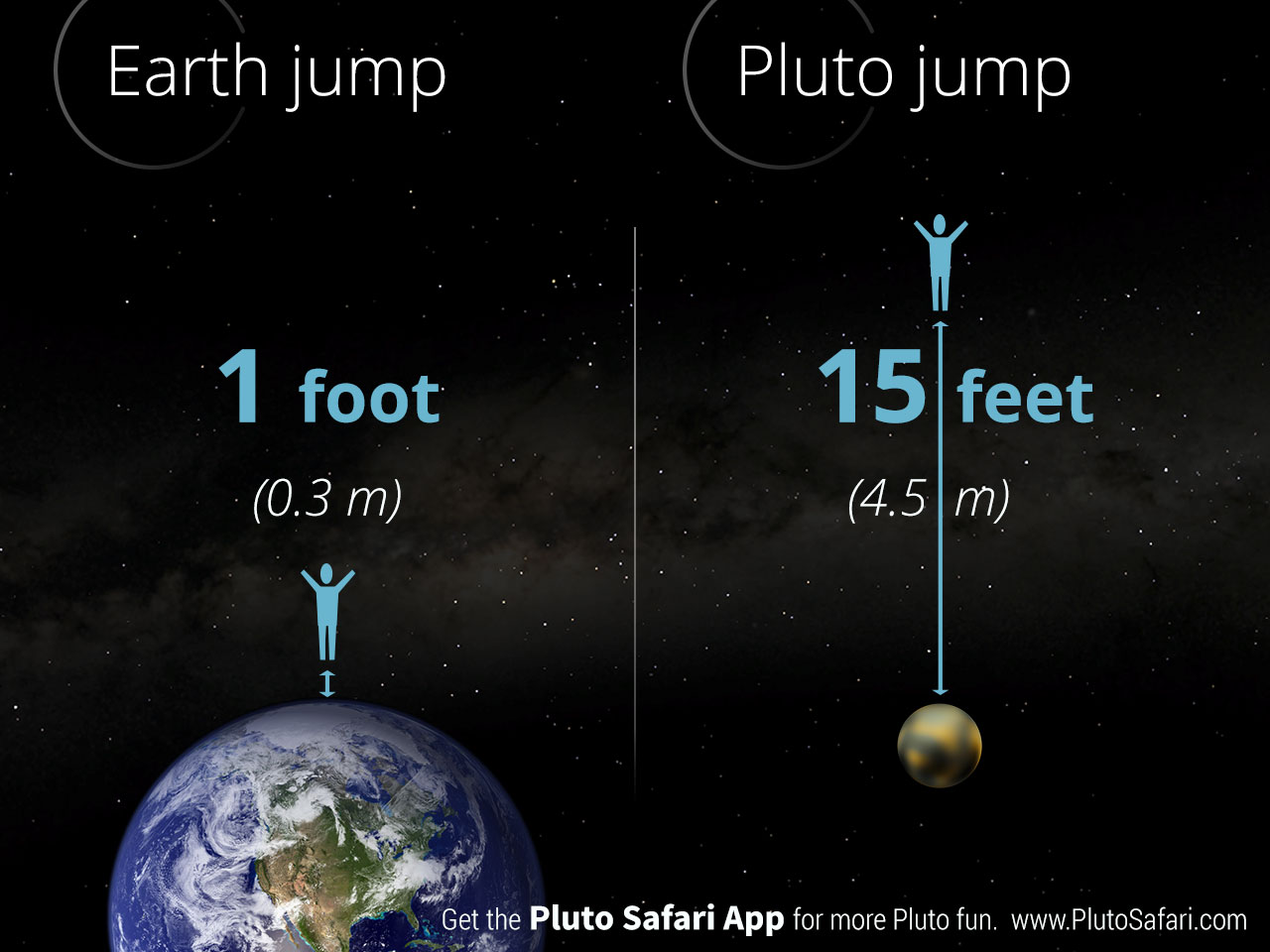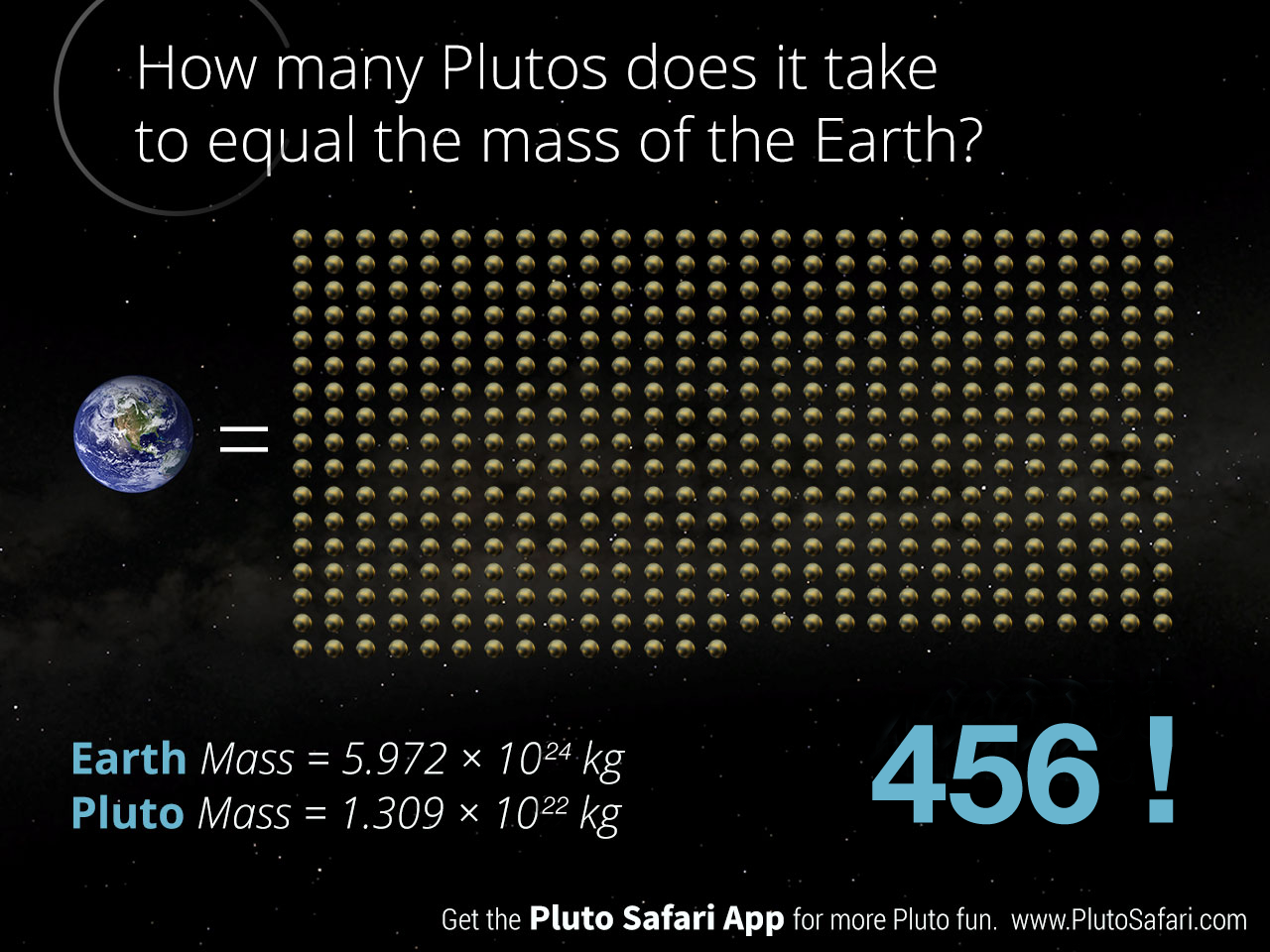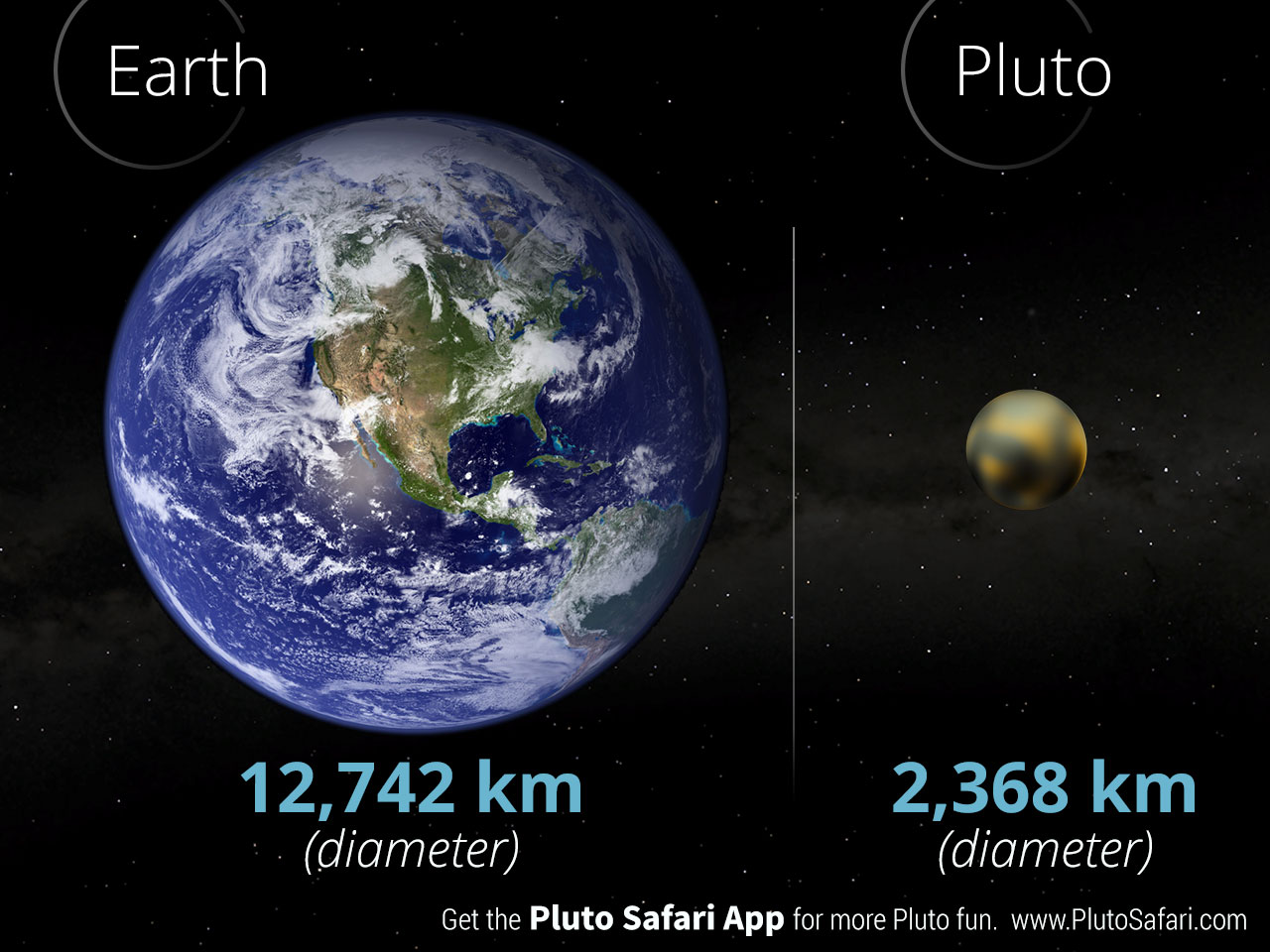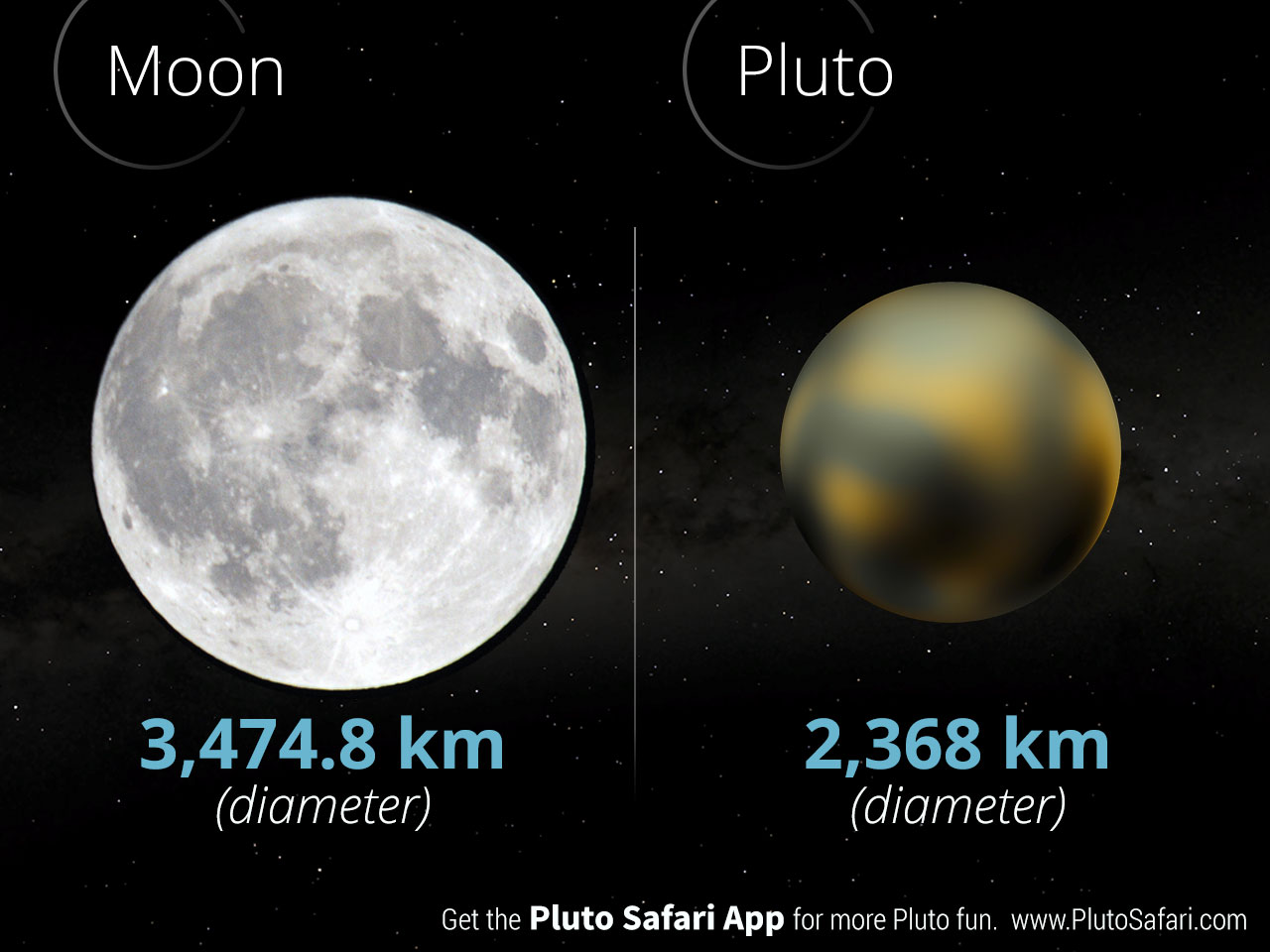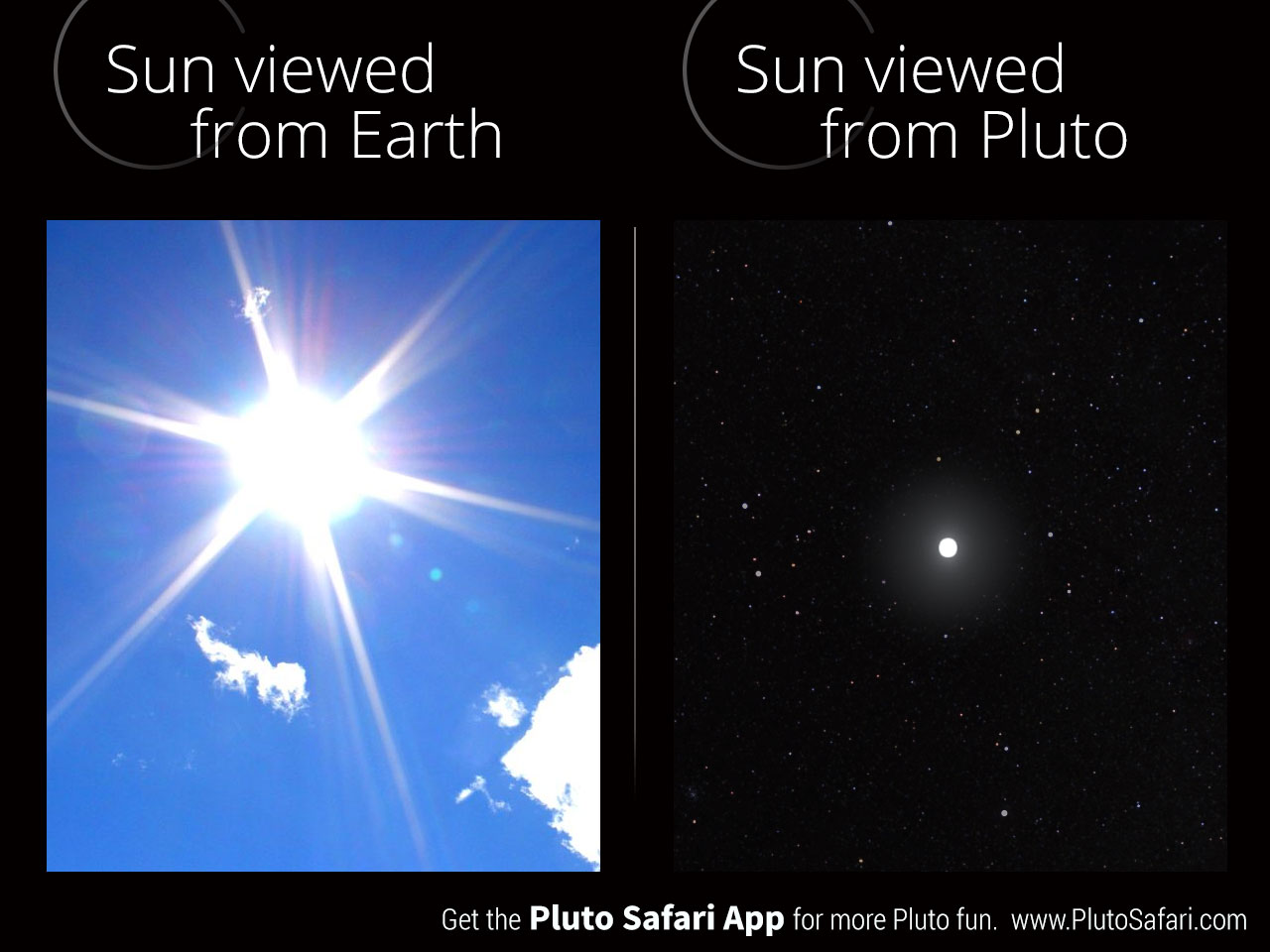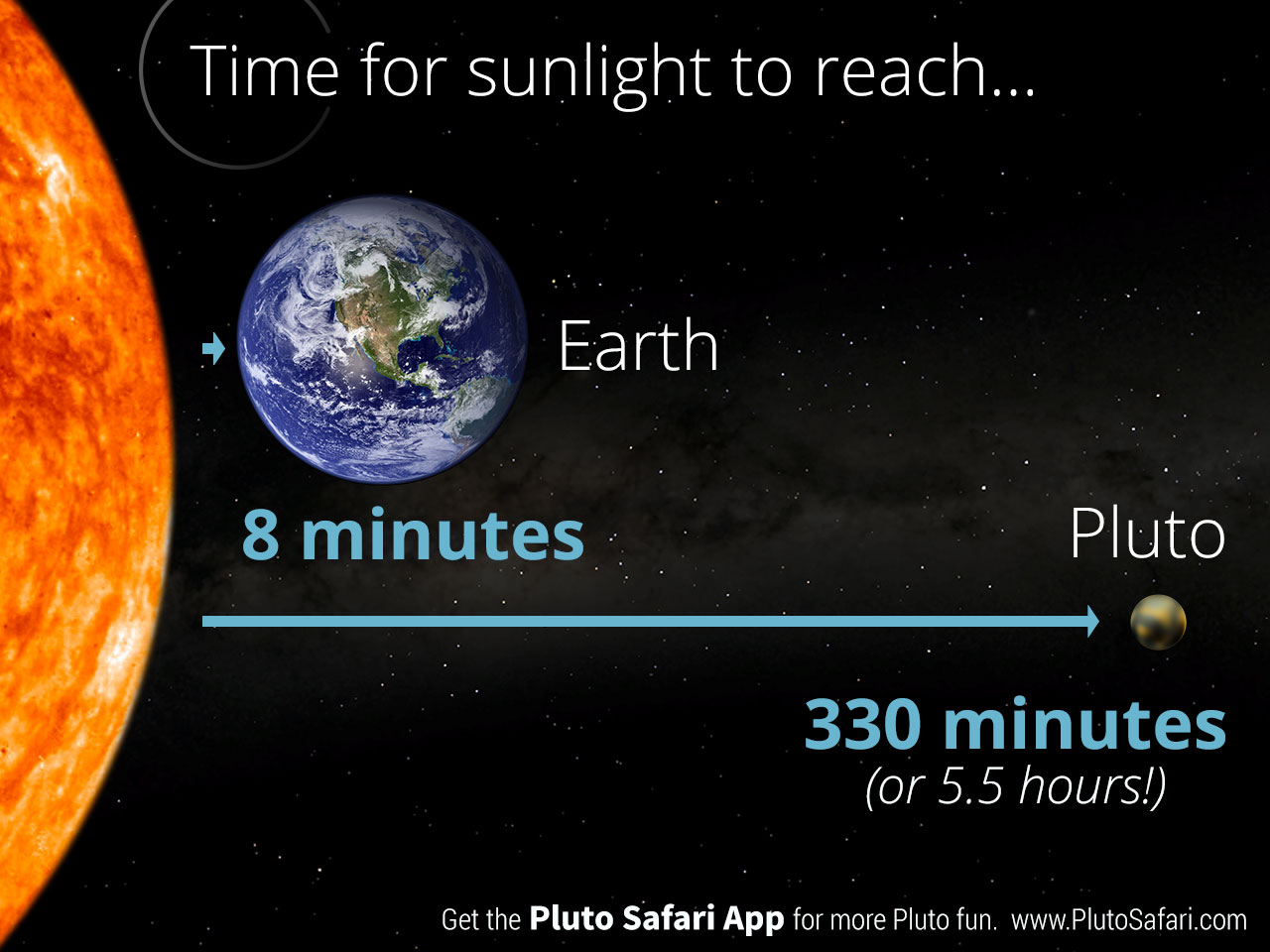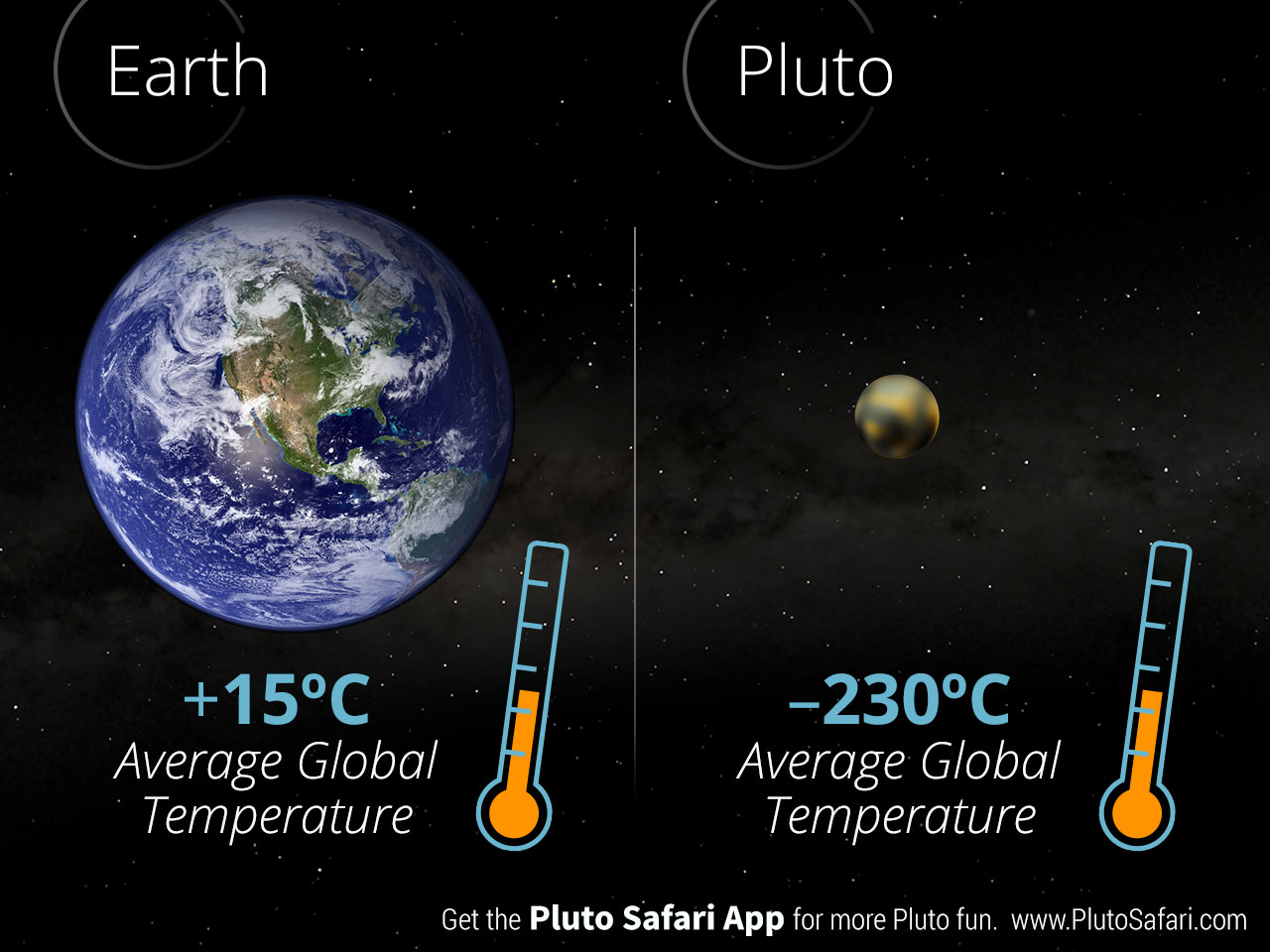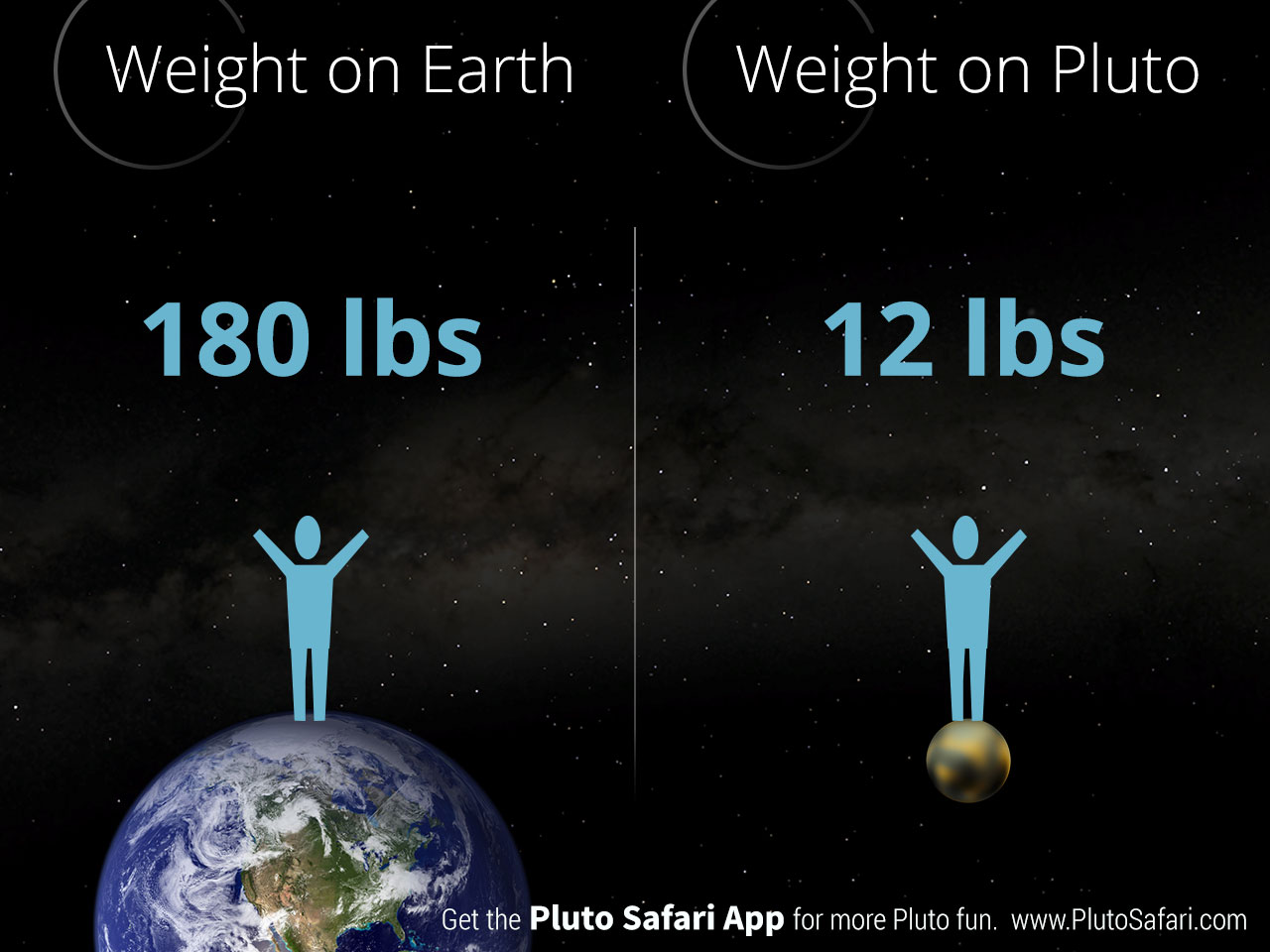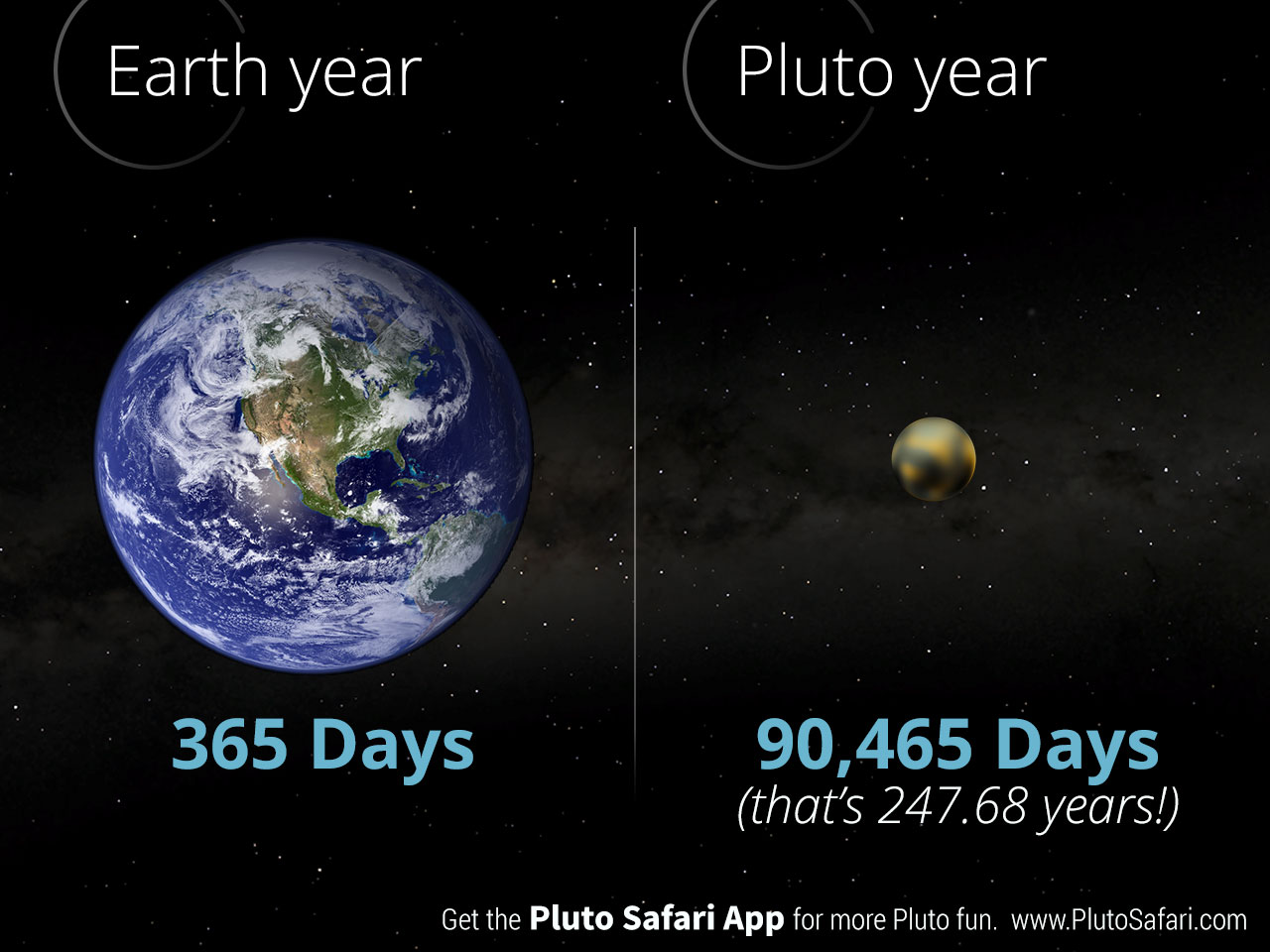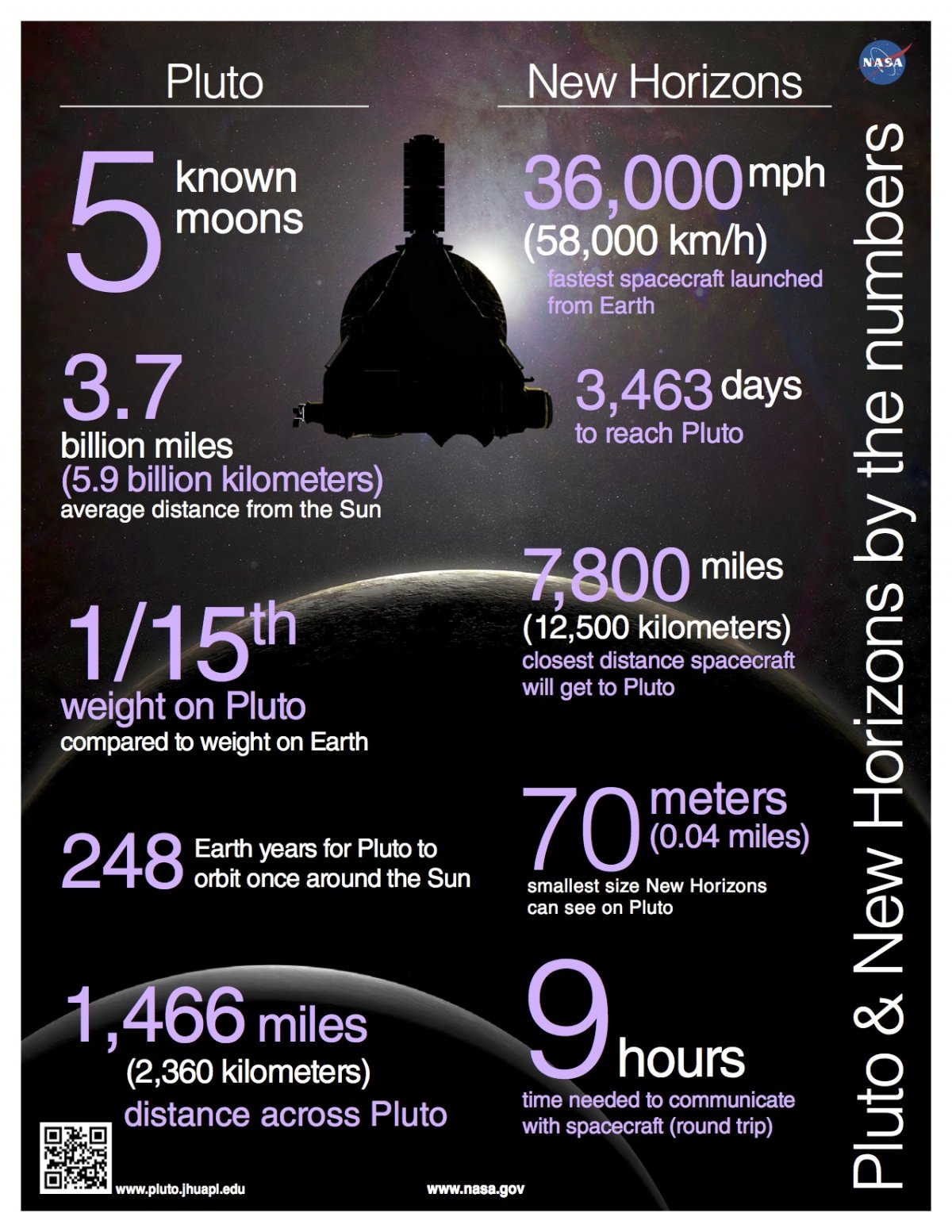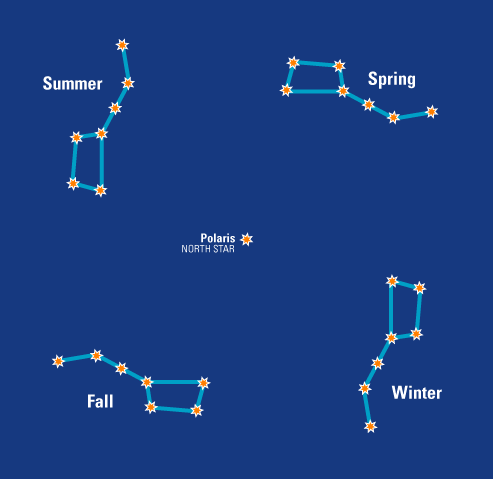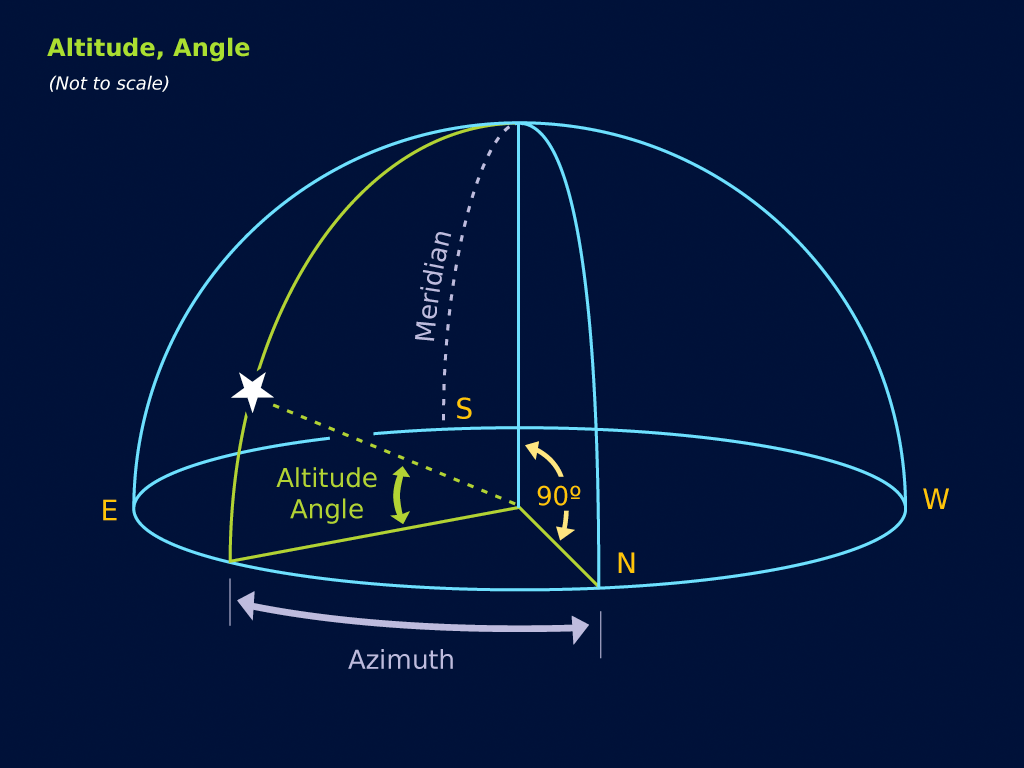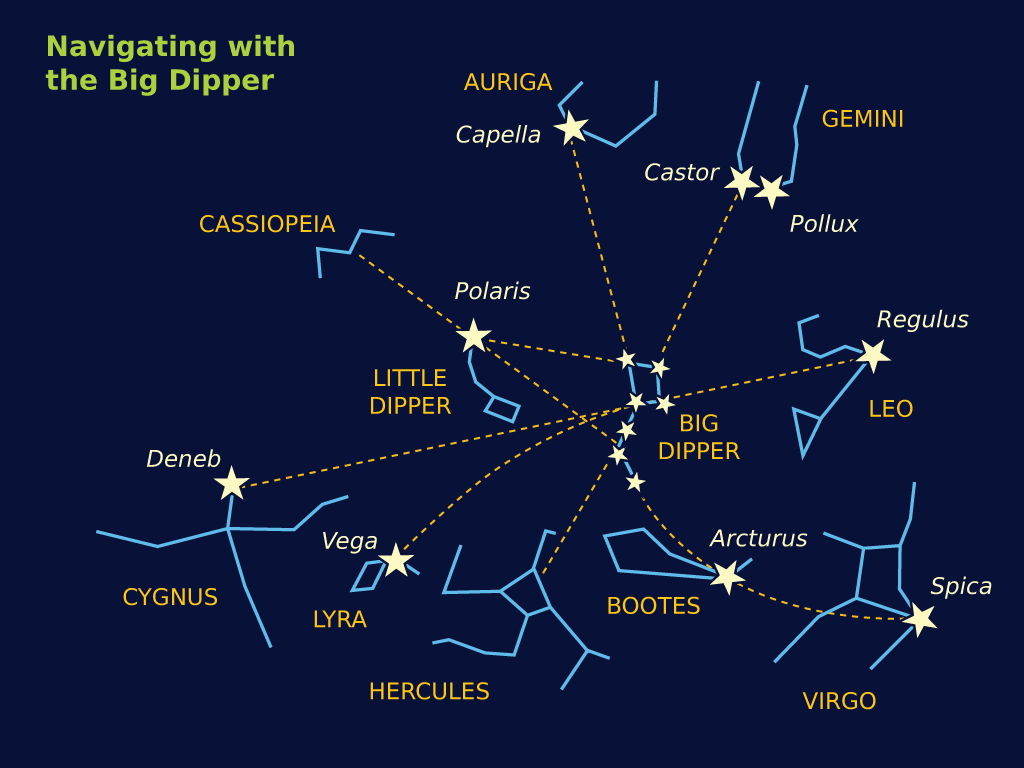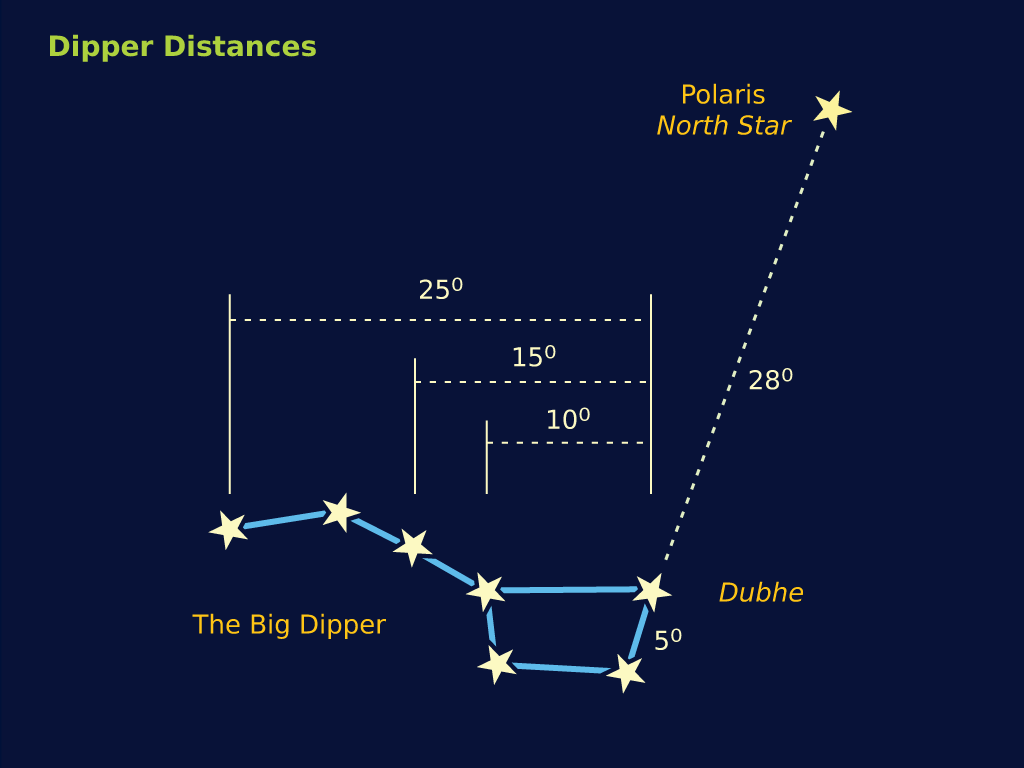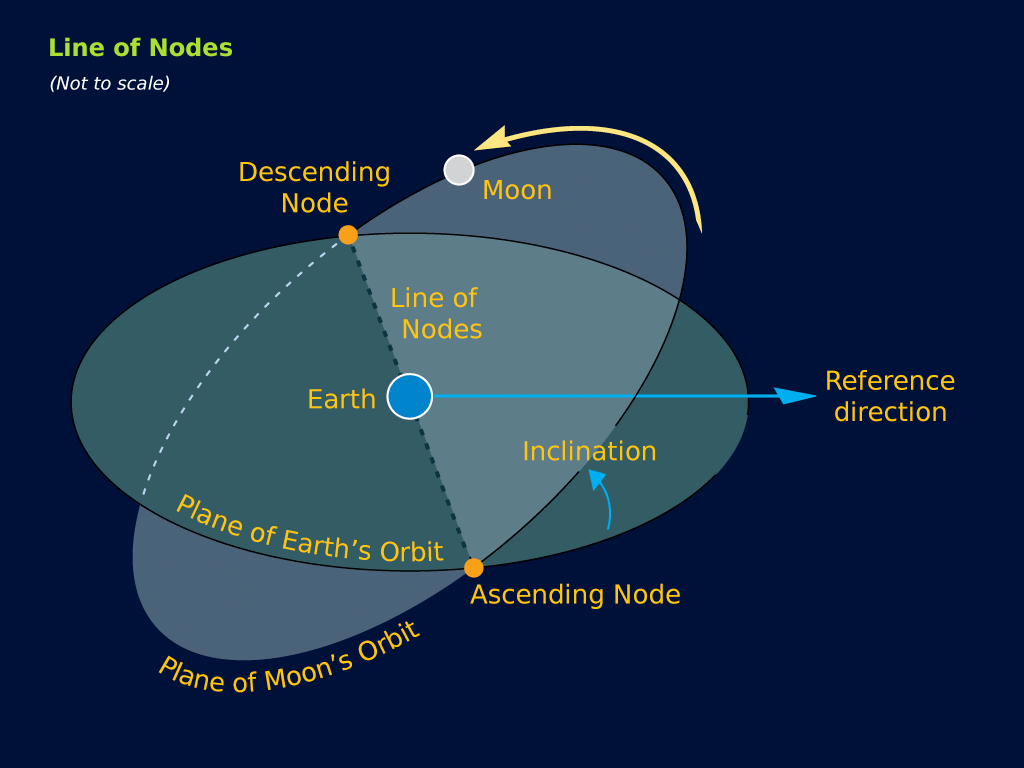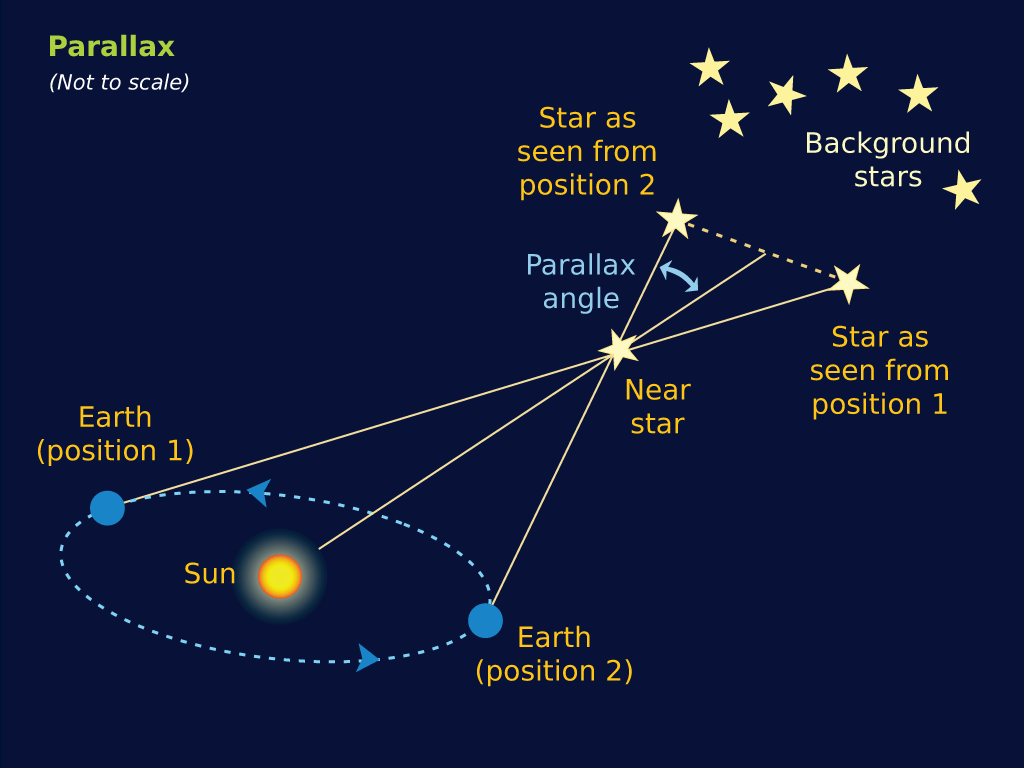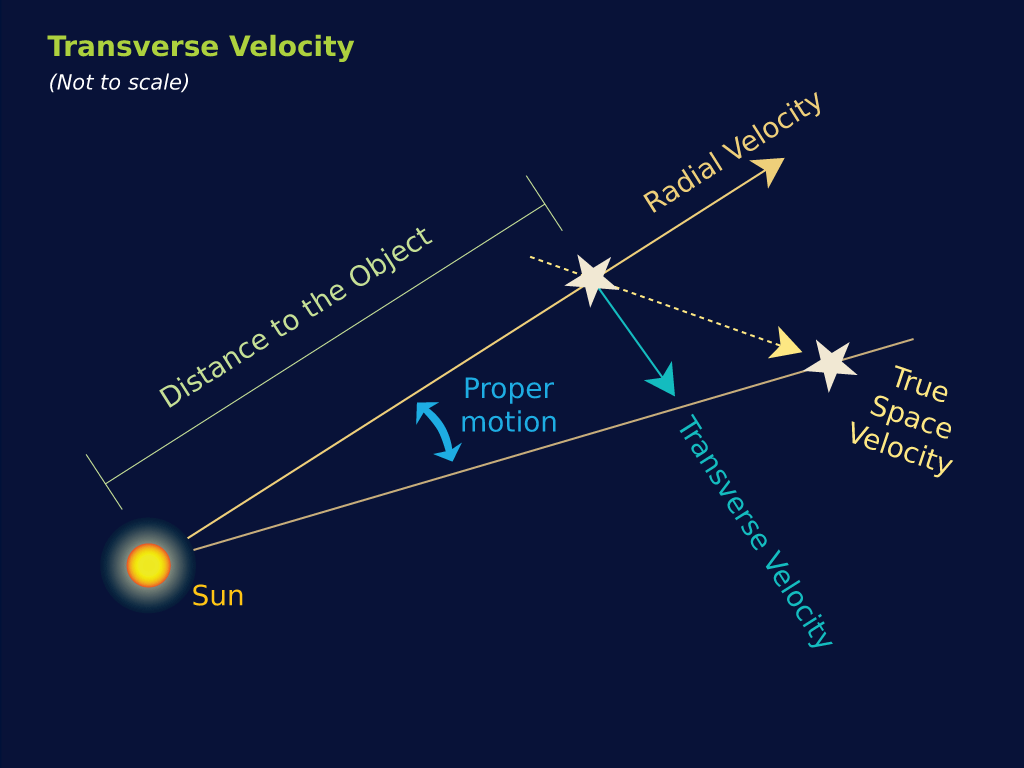In our feature article below, “Saturn Through the Ages” — a departure from our usual technical take on the universe — we will be returning to times past to explore a piece of the puzzle that highlights our search for knowledge and meaning.
Saturn Through the Ages
Throughout human history, we have looked to the light of the heavens to illuminate our role on Earth. Next time you are star gazing, consider all of the people throughout time and across the world who have reflected upon the same celestial bodies, conducting their nightly dance across our sky.
Our study of the celestial sphere has brought us understanding of physical and mathematical principles, models for society and perhaps fundamentally, a comforting sense of order. It is the human imagination however, and our quest to find a meaning behind this order, that led us to create a screenplay of the night sky. For millennia we have told our own tale through the guise of a heavenly cast of characters. Because celestial mythology is common throughout many cultures, these stories reveal our discoveries of the human condition.
In the upcoming month, many of us will be gazing at the planet Saturn in the northeastern sky. Perhaps due to a planet’s slow trek through our heavens, the stories we've told about Saturn often involve the passage of time and inevitable fate. We've expressed through Saturn both our appreciation for life and our fear of time's cruel and inescapable quality.
In ancient Mesopotamia, they prayed to Saturn as the Lord of Death, appealing to him thus:
“O Lord Saturn
whose name is august
whose power is widespread
whose spirit is sublime
O Lord Saturn
the cold, the dry, the dark, the harmful…
crafty sire who knowest all wiles
who are deceitful, sage and understanding
who causest prosperity and ruin
happy or unhappy is he whom thou makest such.”
In ancient Rome, Saturn was an agricultural god, a harvest deity. Controlling our fate through the success of our crop, he was celebrated in times of bounty and appealed to when times were hard. The Golden Age of Saturn, an ideal era of equality and abundance, was memorialized during the mid-winter festival of Saturnalia. A time of feasts and gifts from which we can trace rituals of modern day Christmas. During the celebration, a man chosen to represent the god was attentively fêted, only to be sacrificed on the final day of the festival. Try as we have to sway him however, we are all equally powerless before the forces personified by Saturn.
In Hindu mythology, Saturn appears as the god Sani, holder of the secrets of fate. One could predict the future through use of a Saturn diagram, which represents the planet’s path through our skies. This god is so malevolent that a single glance from the evil-eyed deity burned off the head of the infant Ganesa, god of good fortune and prosperity. Associated with childhood disease, Sani demonstrates that not even a god’s luck can stand against the inevitability that Saturn represents.
Though we may wish it otherwise, nothing in our human existence remains static; nothing escapes the passage of time. Falcon-headed Horus, Saturnine god of the ancient Egyptians, succeeded his father Osiris when he was dethroned, marking the beginning of a new regime. As all change implies death of the old, we tell our tales of Saturn to reconcile ourselves to the necessity of welcoming the new.
Cronos, Saturn-god of ancient Greece, whose name may originally have referred to his universal governance (from the verb kreno), became known as Father Time. Cronos not only overthrew and replaced his father, but consumed each of his own children at birth, much as time itself consumes all that it creates. Demonstrating the universality of this principle, Cronos himself was ultimately dethroned by his offspring, making way for a new era.
Through our creation of Saturn mythology, we attempt to explain our relationship to fate, time and death. Our ability to perceive these issues is fundamental to our very humanity. When next gazing at Saturn in the night sky, perhaps you will see not only a wonder of the cosmos, but also the history of humanity’s struggle to find meaning therein.




